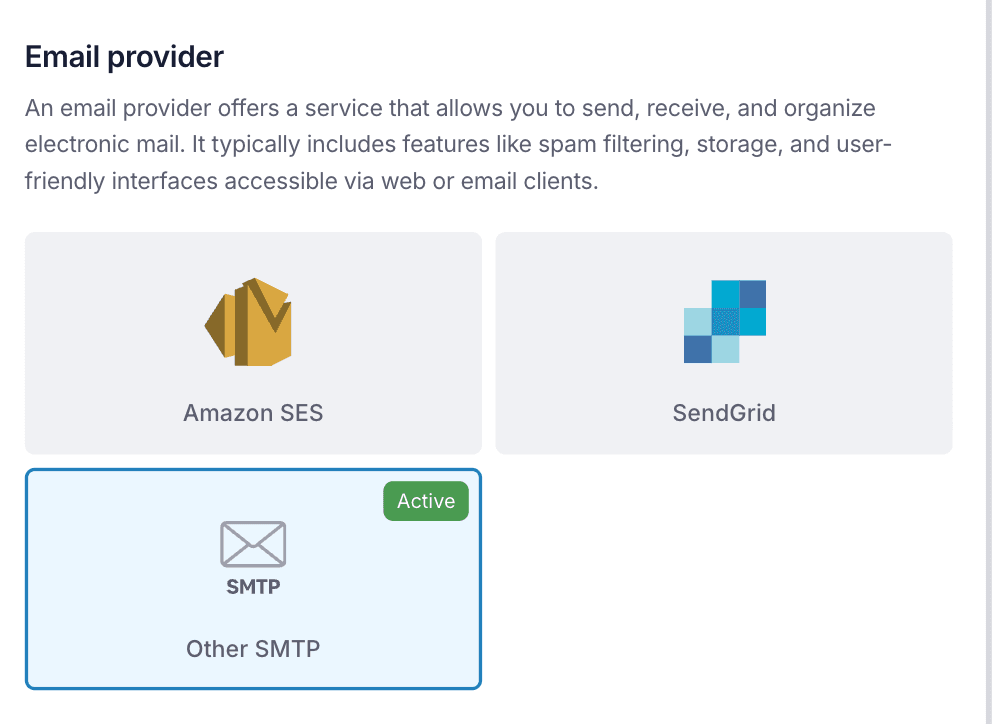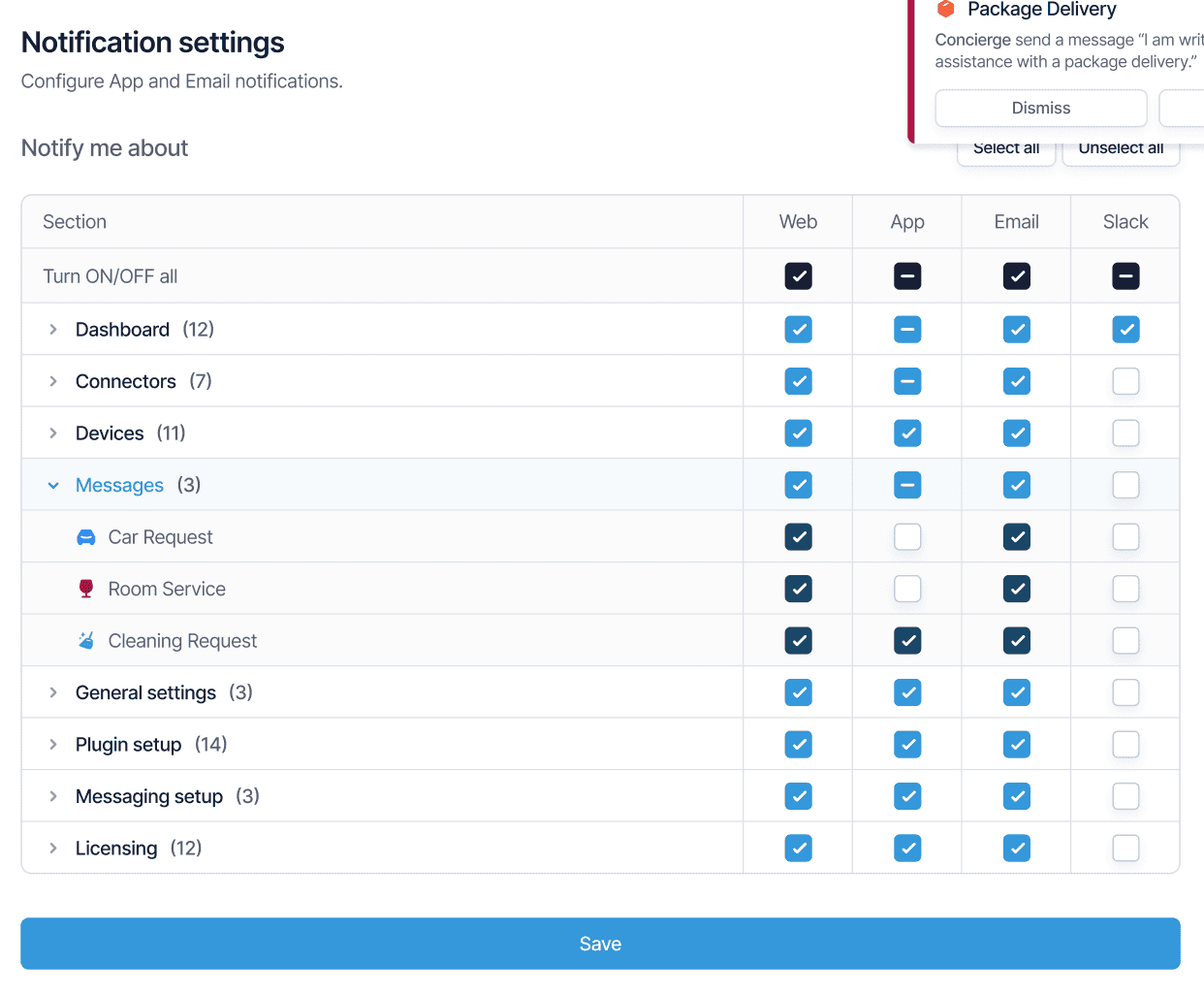Relying solely on system notifications presents various challenges, particularly when users are not consistently engaged. Critical updates, alerts, or tasks may be overlooked if individuals are not logged into the system or checking it regularly. This can lead to delays or missed information, resulting in inefficiencies or errors. Additionally, expecting users to manually monitor the system can place a burden on their time and attention, which may not be feasible, especially in larger teams or organizations.
Involving multiple stakeholders further complicates the issue, making it difficult to ensure everyone stays informed about updates or urgent matters. Communication breakdowns and the increased risk of operational inefficiencies due to delayed information are potential consequences, disrupting workflow and hindering decision-making, ultimately affecting the overall effectiveness of the system.
For Management and Staff
When it comes to administration, implementing automated notifications and including users in emails can streamline communication and reduce the need for manual oversight. This approach ensures that important updates, alerts, or tasks are effectively communicated to the right users without the need for manual tracking or distribution.
Automation also helps minimize the risk of human error, such as forgetting to notify a user or missing a critical alert. Furthermore, including specific users or teams in communications promotes transparency, allowing administrators to involve the necessary individuals or departments without extra effort. It also fosters accountability as users are promptly informed of their responsibilities or required actions.
Delegating repetitive communication tasks to the system's automation features allows administrators to manage communication more efficiently, especially in larger organizations. Overall, automation provides administrators with enhanced control and oversight, ensuring consistent, timely, and reliable communication across all levels of the organization.
Integrations





